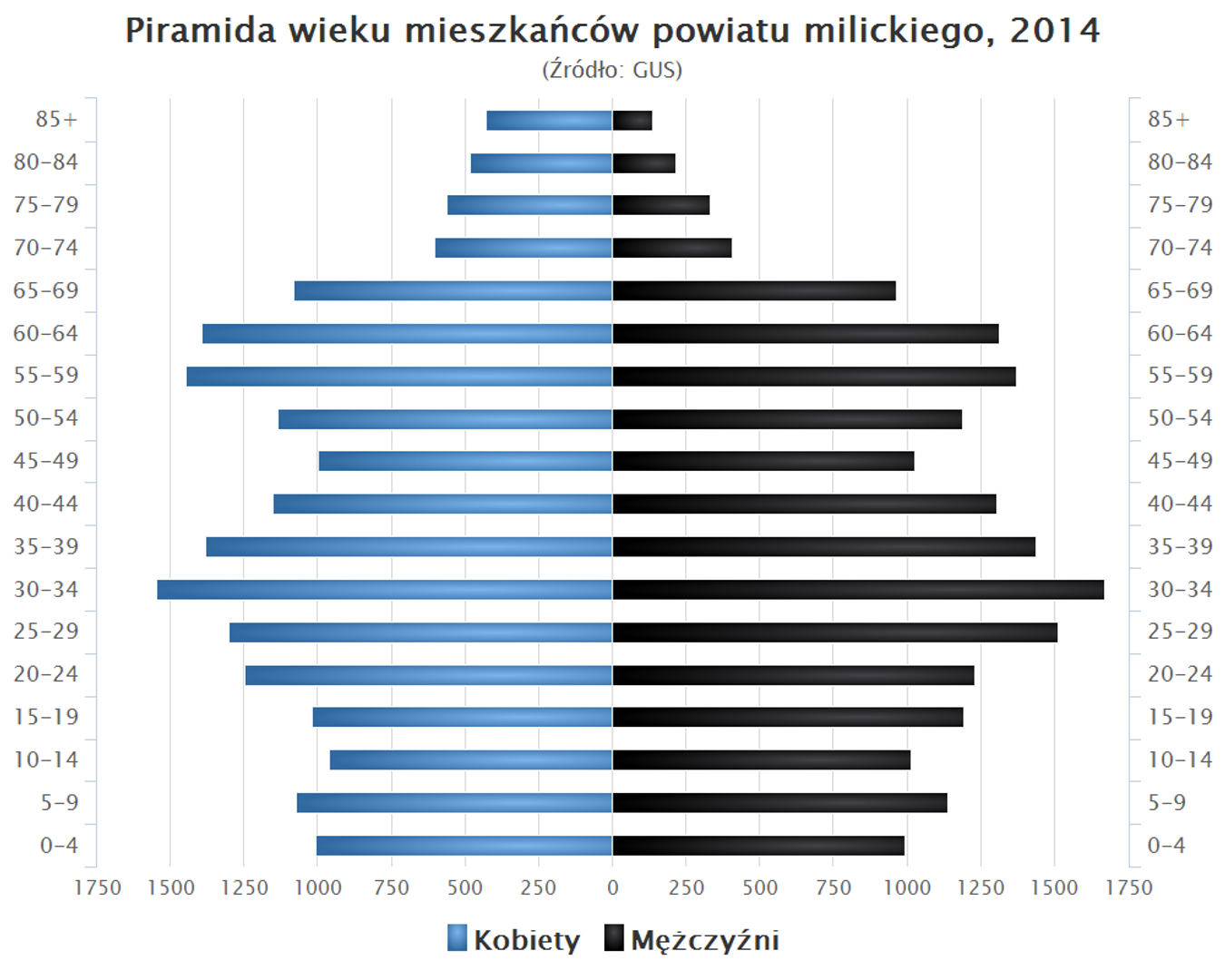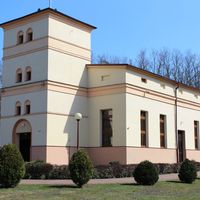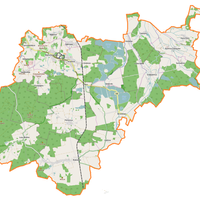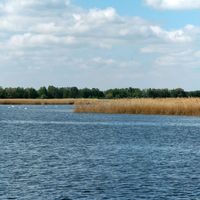Milicki County
7.75

Overview
Milicki County, located in the northeastern part of Lower Silesia near the border with Greater Poland, is characterized by a diverse landscape that includes forest and pond complexes. It is home to the largest carp farming center in Poland – the "Milicz Ponds". The history of the region dates back to the Middle Ages, when the northern areas of the county were part of Greater Poland, and armed conflicts between duchies shaped the political fate of this area. In 1217, the Peace of Sądowel was concluded, which contributed to the annexation of the southern lands of Greater Poland to Silesia. The modern Milicki County, established in 1999, has a population of approximately 37,000. The region's economy is mainly based on tourism, agritourism, and pond fish farming, supported by unique natural assets. The county hosts various cultural events, such as the Days of the Barycz Valley, also known as the Milicz Carp Festival, which celebrates local culinary traditions, and the Constitutional Parade, aimed at authentically commemorating national anniversaries. These events attract both residents and tourists, promoting regional heritage and shared values. The Barycz Valley Landscape Park, within which the county is situated, is the largest landscape park in Poland and was established in 1996. The area is renowned for its rich fauna, including over 270 species of birds, such as the purple heron and the white-tailed eagle. Additionally, the ponds are an example of the influence of the Cistercian order on the region's development, with their activities beginning as early as the 11th century, contributing to the large-scale construction of ponds. The unique natural, cultural, and historical aspects of Milicki County create a rich context for its residents and visitors, forming an important element of regional identity.
Location
Country
2025 Wizytor | All Rights Reserved





